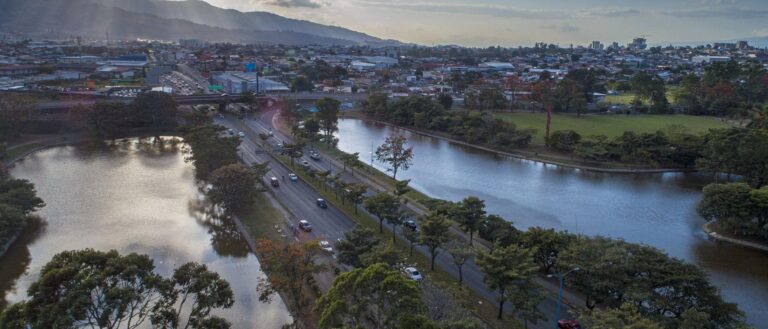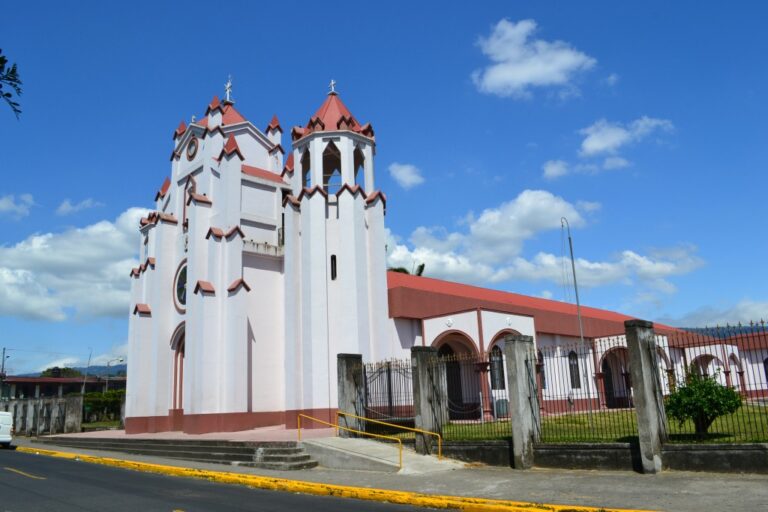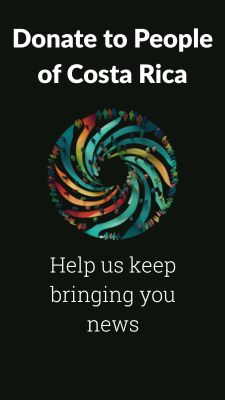Seizure of 1.1 Tons of Shells in Guanacaste: Legal and Ecological Implications
Authorities at the Daniel Oduber Quirós International Airport, in a coordinated operation with officials from the National System of Conservation Areas (SINAC), have confiscated 1,100 kilograms of seashells, coral fragments, and rocks illegally removed from the beaches of Guanacaste. All the biological material was recovered from tourist luggage and returned to its marine ecosystem as part of ongoing efforts to combat wildlife trafficking.
This seizure, while significant in volume, represents a fraction of the systemic problem facing the region. Authorities estimate that several tons of these specimens are confiscated annually at this air terminal alone, highlighting a widespread lack of awareness about the serious legal and environmental consequences of this practice.
The Legal Framework: Beyond a Simple Souvenir
The removal of any element of wildlife, including shells and corals, is explicitly regulated in Costa Rica by the Wildlife Conservation Law (N° 7317). This legislation does not distinguish the intent behind the removal; whether for trade or as a simple souvenir, the act is classified as illegal wildlife trafficking. Individuals who violate this law are subject to fines and the immediate confiscation of the material.
The law’s objective is to protect the integrity of ecosystems, recognizing that every component, no matter how inert it may seem, serves a vital function.
The Critical Role of Specimens in the Coastal Ecosystem
The ecological impact of this massive-scale removal is severe and multifaceted. Marine biologists and ecologists from the Guanacaste Conservation Area (ACG) highlight four fundamental functions that are disrupted:
- Coastal Stabilization: Accumulations of shells and corals on the tide line act as a natural barrier that dissipates wave energy. Their removal accelerates erosion processes, making coastlines more vulnerable to climate change and rising sea levels.
- Sediment Formation: White-sand beaches, such as the iconic Playa Conchal, are the result of a long process of bioerosion where shells are pulverized by wave action. Their removal interrupts this sand replenishment cycle, affecting the very structure of the beach.
- Support for Biodiversity: “Empty” shells are an indispensable resource. They serve as shelter and homes for countless species, from hermit crabs to algae, anemones, and small crustaceans that form the base of the coastal food chain.
- Biochemical Regulation: As they decompose, shells slowly release calcium carbonate into the ocean. This compound is essential for regulating water acidity (pH) and is used by other marine organisms, such as mollusks and corals, to build their own protective structures.
Mitigation and Education Strategies
Faced with the scale of the problem, the authorities’ strategy focuses on prevention. Informational campaigns like “Be a Shell Hero” are active in the airport and hotels throughout the region. The goal is to educate tourists before they reach the beach, explaining that active conservation is the only form of sustainable tourism.
The confiscation process is the last resort. Once recovered, the biological material is classified by SINAC personnel and returned to coastal areas where it can be reintegrated into the ecosystem most effectively.
In conclusion, the seizure of these 1,100 kilograms is a stark reminder that the preservation of Costa Rica’s natural heritage is a shared responsibility. Visitors are urged to become allies in conservation by choosing photography and supporting local economies as the best ways to treasure their memories.


















